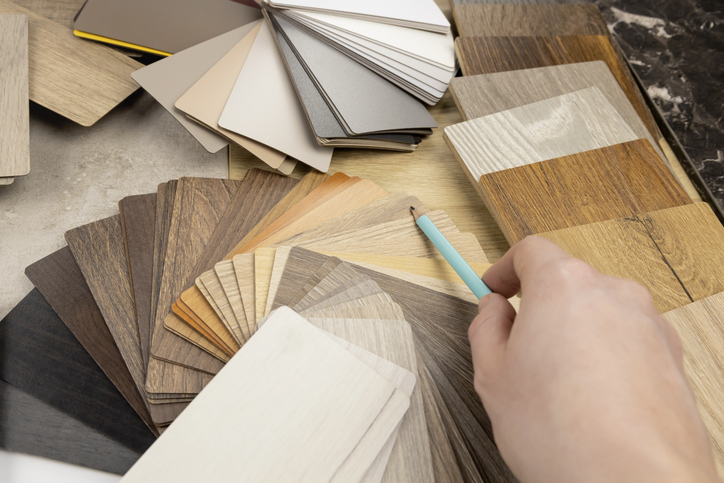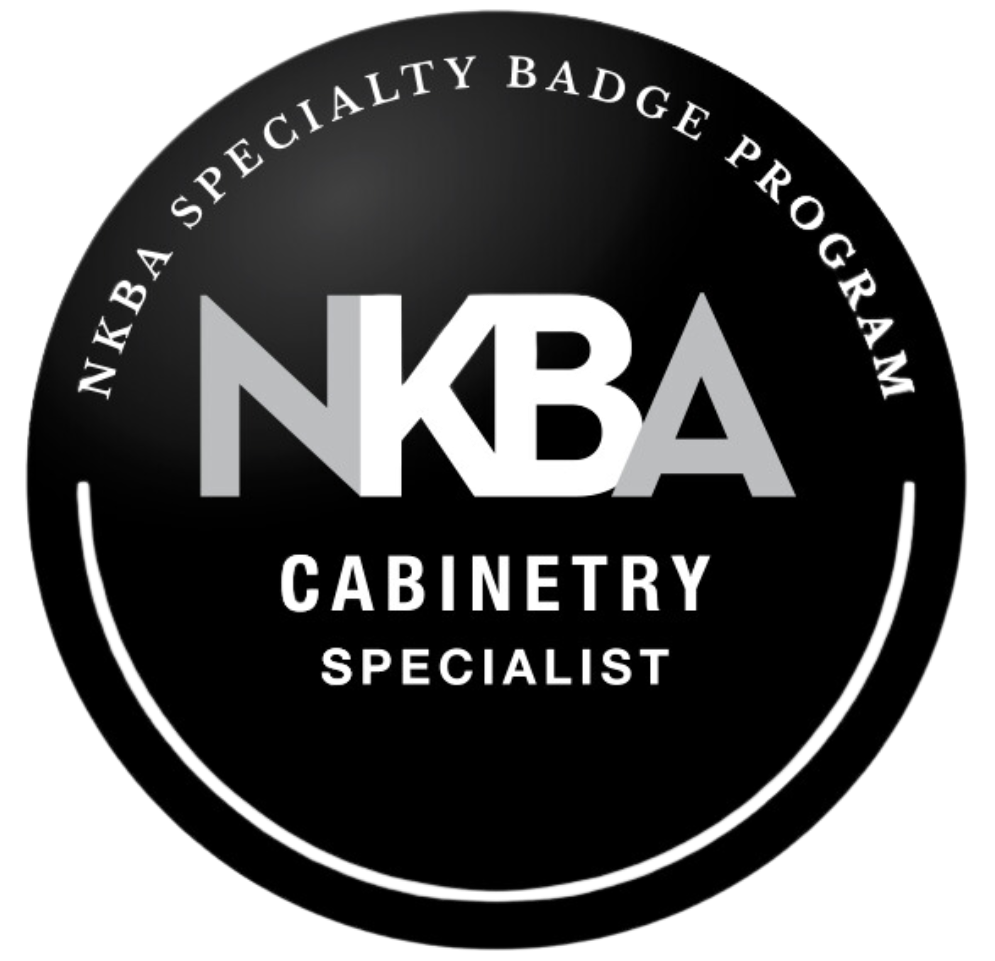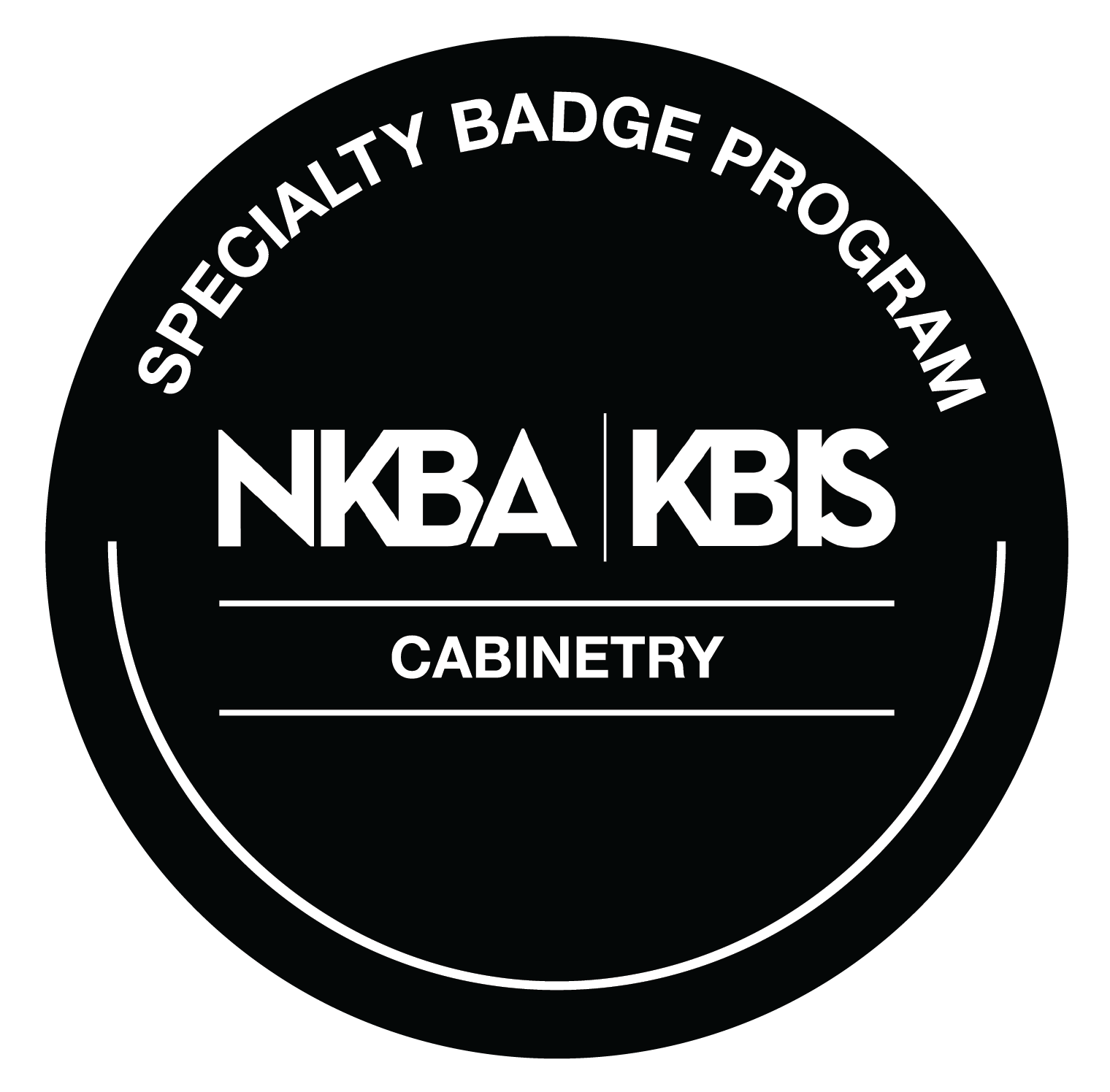
Mixing wood tones in a home can transform a simple space into an inviting and layered interior. It’s a design technique that brings warmth, character, and a sense of balance to any area of the house. As a trusted home remodeler, DreamMaker Bath & Kitchen of Coachella Valley understands the challenges and the opportunities that come with blending different wood finishes. In this post, we’ll unveil expert secrets that will enable you to mix wood tones with confidence, whether you’re planning a major renovation or looking for ways to enhance your current space.
Identify Dominant Wood Tones
The first step towards achieving harmony in mixing wood tones is identifying the dominant wood tone in your space. This could be your hardwood flooring, large pieces of furniture, or architectural features like beams or trim. Recognizing this primary tone will serve as a guide when selecting other wood-toned elements to ensure they complement rather than clash with what you already have.
Homes often feature beautiful, rich hardwood floors that could act as the perfect dominant tone. From here, adding furniture or decorative elements in contrasting or complementary wood tones can create a cohesive look.
Understand Undertones for Cohesion
Wood isn’t just brown; each piece has an undertone that can range from warm reds and yellows to cool blues and greens. To successfully mix wood tones, you need to understand these undertones. Pairing woods with similar undertones can create a cohesive look, even if the wood species and finishes are different. For example, a walnut coffee table (with warm undertones) can beautifully complement oak flooring with similarly warm undertones. These insights are especially valuable during interior remodeling projects where multiple design elements must blend seamlessly.
Create Contrast With Intention
Introducing contrast is a design strategy that adds depth and interest to a room. A light oak dining table can be striking against a dark mahogany floor. Balance is key—too much contrast can be jarring, while too little can make a space feel flat. Aim for a thoughtful mix that catches the eye without overwhelming.
Design experts in Coachella Valley often leverage the natural light and open spaces typical of homes in the area to play with contrast effectively, using a blend of wood tones to enhance the architectural details and design aesthetic of a space.
Balance the Woods Throughout Your Space
Once you’ve selected your wood pieces, distribute them evenly throughout the room to avoid any area feeling too heavy or one-dimensional. Repeating a wood tone in multiple elements—such as in a frame, a shelf, and a piece of furniture—can tie the room together. This repetitive element acts as a visual thread, leading the eye around the space and creating a sense of unity and balance. Hiring an experienced general contractor can help ensure that each design element is thoughtfully coordinated from planning through execution.
Use Texture to Your Advantage
Different finishes and textures can make mixing wood tones easier and more interesting. A glossy, smooth wood finish on one piece can complement a rough, weathered texture on another, even if their tones differ. This contrast in textures adds a layer of richness and depth to the design.
Let’s Start a Conversation!
Whether you’re embarking on a full renovation or simply refreshing your space, mixing wood tones can elevate your home’s aesthetic from ordinary to extraordinary. At DreamMaker Bath & Kitchen of Coachella Valley, we’re dedicated to helping you achieve a home that reflects your unique style and meets your needs. Contact us at (760) 625-4959 or fill out our online form. Our expert team is here to guide you through every step of the design process, ensuring a seamless and enjoyable experience. Let us help you bring your vision to life. We serve homeowners in Coachella and the nearby communities of Palm Springs, La Quinta, Indian Wells, Palm Desert, Rancho Mirage, Indio, Bermuda Dunes, Thermal and Cathedral City.










